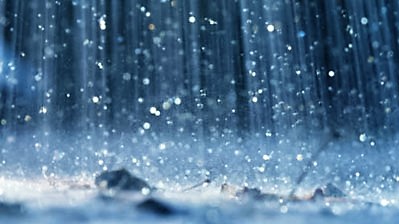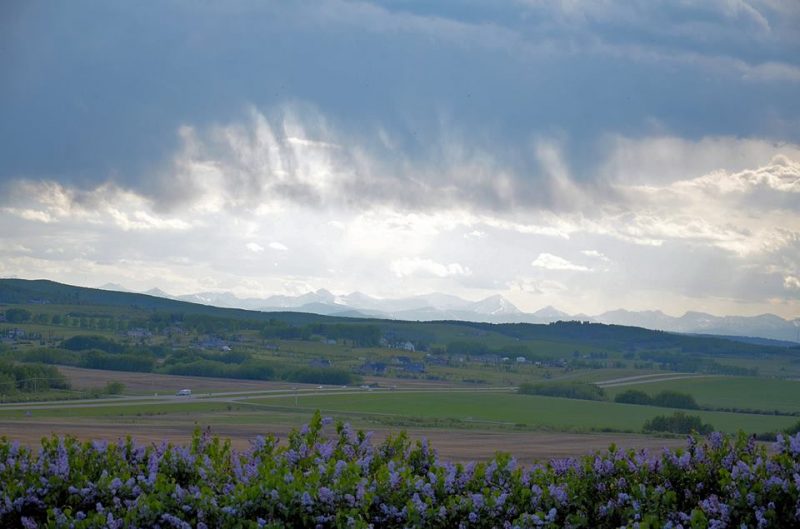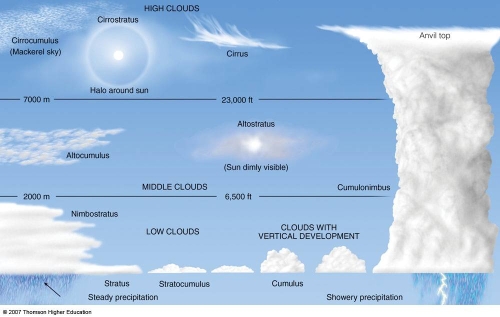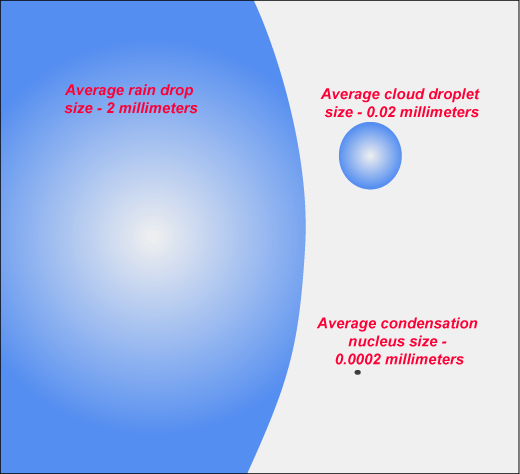Describe the following types of precipitation:
a) rain;
b) drizzle;
c) snow;
d) sleet;
e) hail.
a) Rain (-RA, RA +RA, -SHRA, SHRA, +SHRA);
Rain is liquid precipitation (with droplet sizes bigger than drizzle droplets – see 8.24.6). Most rain in New Zealand
starts life as snow which melts when it falls beneath the freezing level. Rain comes in two forms – continuous and/or
intermittent from stratiform cloud, and showers from convective type clouds.
(b) Drizzle (-DZ, DZ, +DZ);
Drizzle is uniform precipitation composed exclusively of small droplets of water very close to one another. The drops
appear almost to float, thus making even slight movements of the air visible. Drizzle falls from a continuous and
97
Meteorology for PPL Pilots (Ed 2) © Meteorological Service of New Zealand Ltd
dense layer of STRATUS cloud, usually with a low base which may, at times, touch the ground. To an aviator, the
worst feature of drizzle is the reduction in visibility which can be very marked at times.
(c) Snow (-SN, SN, +SN);
Snow consists of ice crystals which have coalesced to form a snowflake. Snow occurs when the freezing level is so
near the earth’s surface that aggregations of ice crystals do not have time to melt before reaching the ground.
Generally, this means that the freezing level must be below 1000 ft AGL.
(d) Sleet (-SNRA, SNRA, +SNRA, -RASN, RASN, +RASN);
Sleet (a mixture of rain and snow) is especially likely when the air temperature at the surface is about 1 to 2°C. Sleet
rarely occurs with an air temperature above 4°C.
(e) Hail (-GR, GR, +GR and -GS, GS, +GS).
Hail starts life as an ice embryo high up in a Cumulonimbus (Cb) cloud. This embryo gets caught up in the cycle of
updrafts and downdrafts within the cloud, gaining a layer of rime ice each time it reaches the higher, colder levels in
the cloud and a layer of clear or glaze ice when it is in the lower, warmer (but still colder than zero Celsius) part of the
cloud. Note that these processes are identical to those which cause airframe icing (see §8.28).
Hail eventually becomes too heavy to be supported by the up-drafts and falls from the cloud base or is ejected from
the side or even from the anvil of the cloud.
Most hail in New Zealand is small and is sometimes also called “graupel”. But in intense storms, large hail can reach
marble or even golf ball size and may be encountered in clear air up to 5 km from the anvil of the cloud that
produced it.
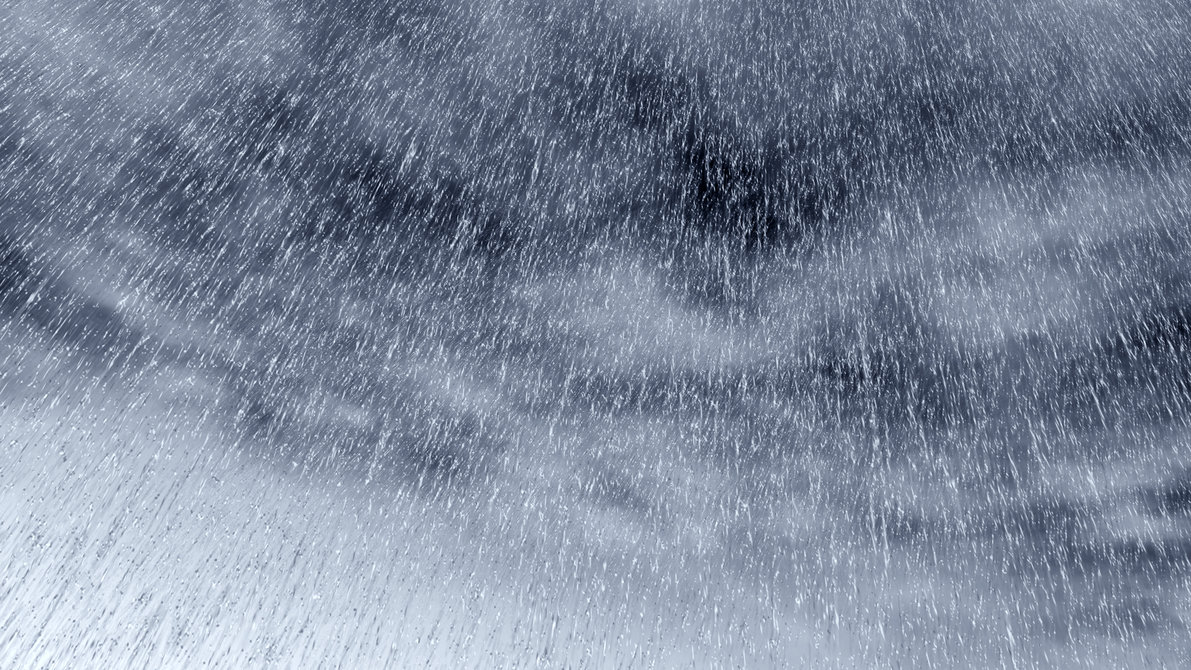
b) Drizzle
This is generally associated with shallow low level cloud such as stratus.
Droplets are fine and close together

C) Snow
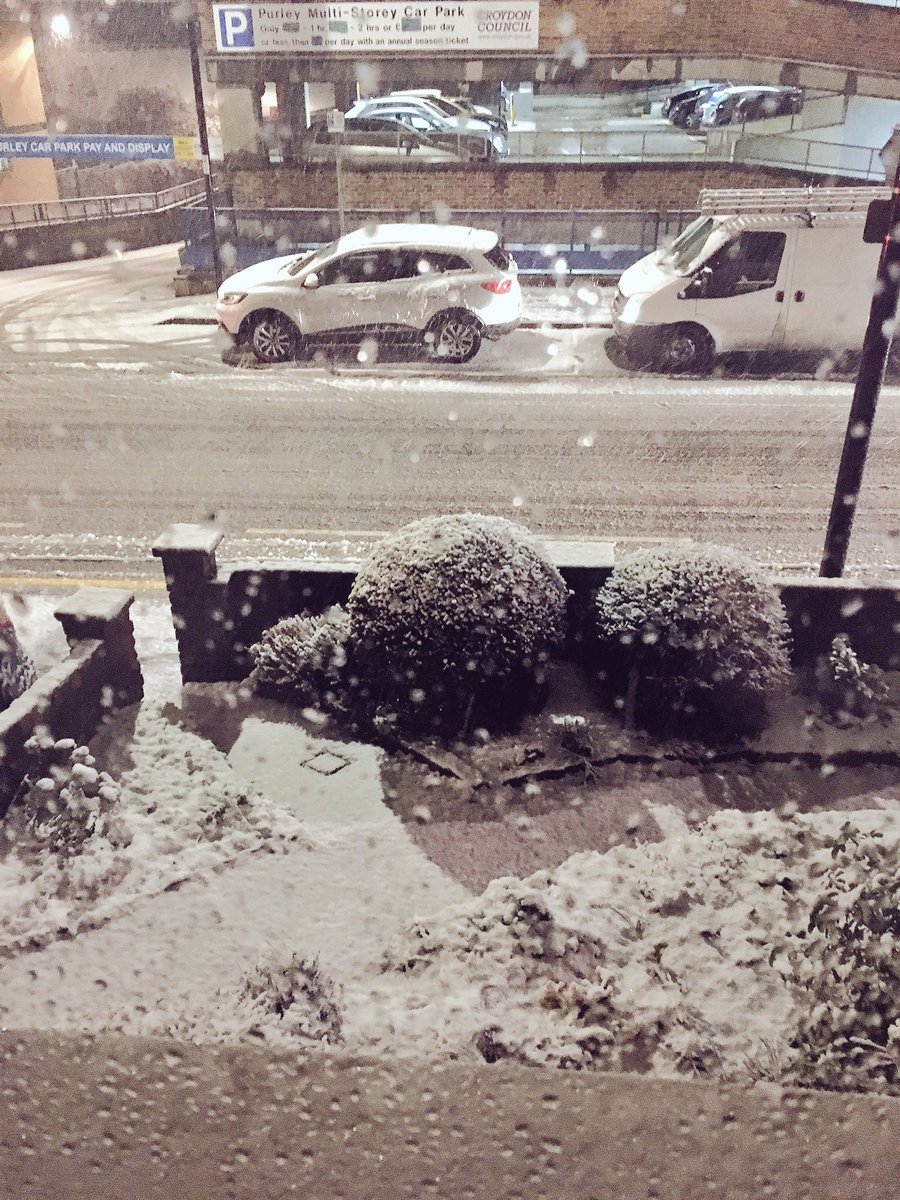
d) Sleet

e) Hail


